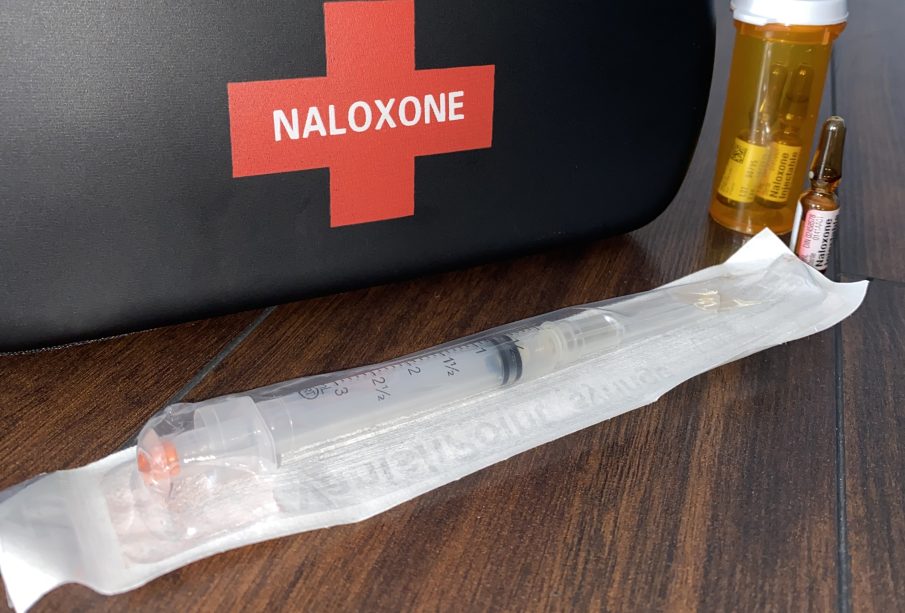Harm reduction: B.C. v. S.K.

Both provinces have an overdose crisis, but there are big differences in approaches to support
In the recent Saskatchewan budget, funding was not allotted for harm reduction sites.
Prairie Harm Reduction provides supervised consumption sites to people who use drugs and may need support. The idea of this program is to meet people where they are at so that the most helpful support can be given directly to every individual who needs it. The purpose of these harm reduction sites is to build relationships with and safe spaces for people experiencing drug addiction.
This holistic approach can help lead to stability in a person’s life, getting them to a place where their addiction does not consume their daily life. Programs like Prairie Harm Reduction can also help connect people with employment opportunities to help rebuild their lives in new and meaningful ways. Kayla DeMong, executive director of Prairie Harm Reduction, said in a CBC News interview that “The provincial government has repeatedly rejected funding [requests] for the supervised consumption site.”
The province of Saskatchewan is not the only province trying to navigate funding for the implementation of harm reduction sites. The government of British Columbia is dealing with similar challenges in navigating a growing addiction crisis within their province. Although B.C. has a much larger population than Saskatchewan, it’s important to see how other provinces are handling health crises such as overdoses and their prevention.
The Government of Canada recently announced that over $3 million would be sent to B.C. to address harms related to substance use. Akshay Kulkarni for CBC reported on March 11, 2023 that, since 2016, there have been more than 11,000 people in B.C. reported to have died due to drug-related overdoses. According to the B.C. coroner service, in 2022 there were 2,272 suspected deaths that occurred from toxic, unsafe drug supplies. 1,251 of these deaths occurred in private residences.
As of 2022, B.C. has implemented 44 harm reduction sites with 14 involving the Vancouver Coastal Health region. A ministry spokesperson told CBC that “in the latest budget, the province is investing $56 million over three years into services including new OPSes [Overdose Prevention Strategies] and prescribed safe supply.” Advocates for harm reduction sites in BC believe that the province needs to invest more in accessible overdose prevention sites in order to address the underlying concerns associated with addiction. The province recently announced that more overdose prevention sites are coming, which will include safe inhalation spaces.
What does British Columbia’s approach say to Saskatchewan regarding the prevention of overdoses? It says that overdose prevention sites can be beneficial if used effectively, and that fewer people die from toxic drug supply and overdoses when these sites are funded properly.
B.C.’s approach shows that holistic implementation of harm reduction sites can be effective, but those benefits come at a literal cost. It also shows that the government of Saskatchewan needs to address concerns relating to overdoses and drug use through some form of meaningful action, whether through providing funding to organizations or establishing a government program that gives a holistic approach to the province’s persistent drug toxicity and overdose crises.










